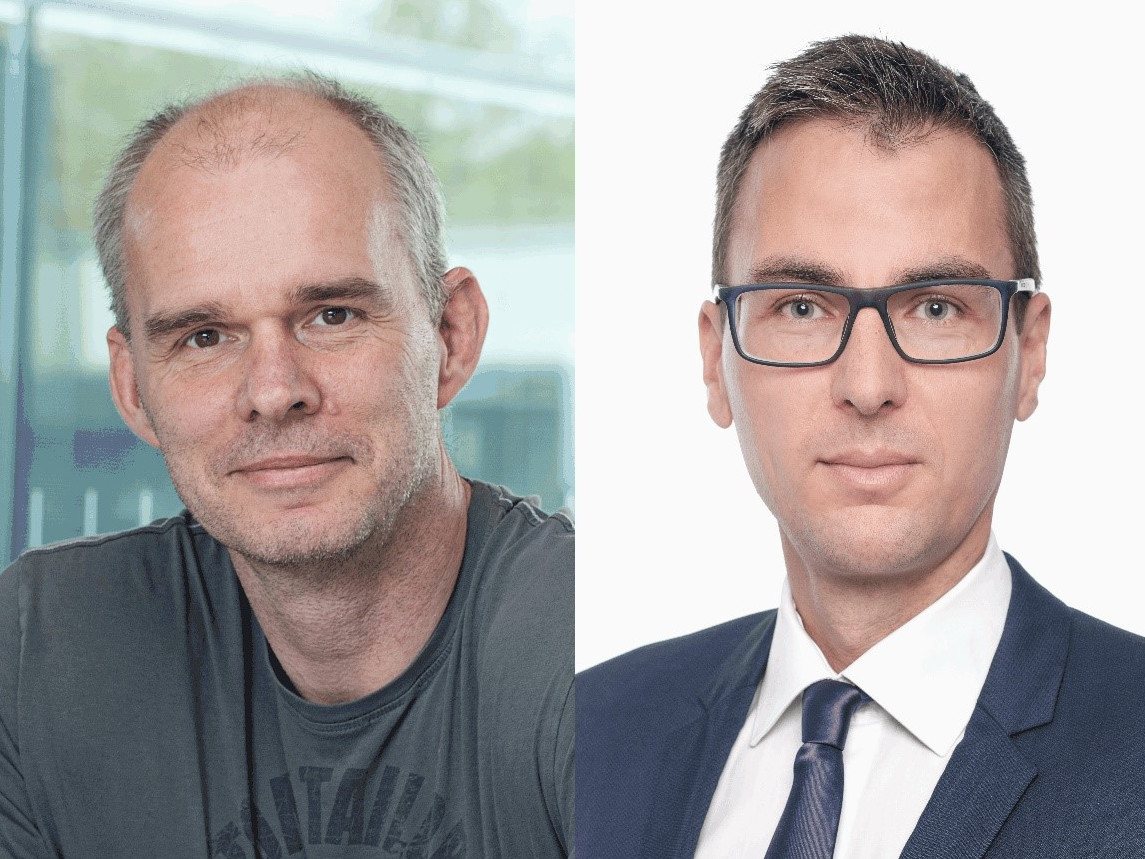Fighting SARS-CoV-2 – Establishing the basis for future therapeutic strategies
Prof. Dr. Frank Kirchhoff and Jun.-Prof. Dr. Daniel Sauter from the Institute of Molecular Virology receive over 900 000 Euro funding from the Federal Ministry of Education and Research (BMBF) for two new SARS-CoV-2 research projects. Congratulations!
The pathogenicity of different coronaviruses ranges from asymptomatic infections, over common colds to life-threatening pneumonia. Differences in the innate immune response to infection and the viral ability to prevent or evade them play a key role in these different outcomes. So how does SARS-CoV-2 interact with the immune system? How can SARS-CoV-2 prevent activation of an effective immune response? What are the main innate defense mechanisms? Answering these questions is the objective of the new project “Restrict SARS-CoV-2” initiated by Prof. Frank Kirchhoff. The results might help to improve immunotherapies against SARS-CoV-2. In addition, “Restrict SARS-CoV‑2” aims to identify prerequisites for successful transmissions of coronaviruses from animals to humans to better assess the risks for future pandemics.
The second project „protACT“, initiated by Jun.-Prof. Dr. Daniel Sauter, will focus on the Spike proteins of SARS-CoV-2 and related coronaviruses. The viral Spike protein is essential for virus entry into new target cells, but needs to be activated before it is functional. In contrast to other coronaviruses, SARS-CoV-2 can use the cellular protease furin to mediate this activation step. How the furin cleavage site within the viral Spike influences the infectivity of human and animal coronaviruses is unclear. Since furin is more abundant in susceptible tissue compared to other cellular proteases, activation of SARS-CoV-2 Spike through furin might confer a considerable fitness advantage to SARS-CoV-2. If this holds true, prevention of Spike activation through furin could represent a promising therapeutic strategy against Covid-19.


